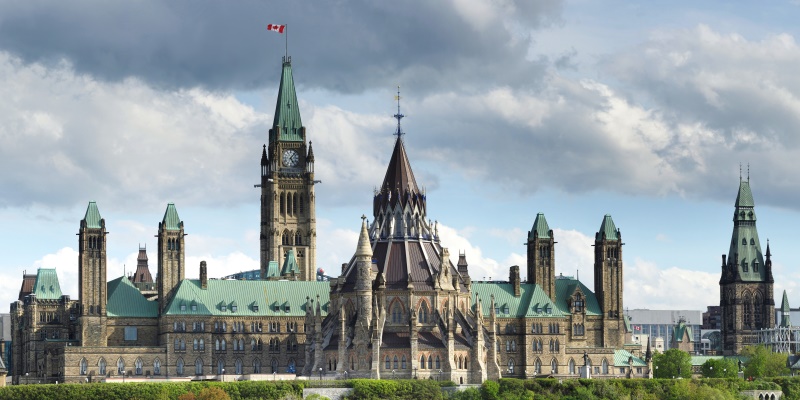Federal government continues to short-circuit its own carbon tax

In its recent budget, the Trudeau government introduced a slew of new policies meant to reduce carbon emissions and aggressively continue Canada’s mandated transition to a “clean economy” including an estimated $80 billion in green tax credits and subsidies and billions more in direct investments. However, these new policies comprise an inefficient approach to emissions reductions, contradict the government’s own carbon tax and harm the economy more than necessary.
Particularly because Canada’s economic growth prospects in the coming decades are the worst of any major industrialized country, governments must use resources and tax dollars wisely with a close eye on economic growth and living standards. There’s general agreement that a carbon tax is the most efficient (i.e. least costly to the economy) way to reduce greenhouse gas emissions because, when properly designed, it relies on prices and decentralized decisions by entrepreneurs, businessowners, investors and consumers to reduce emissions. For example, when faced with the carbon tax, a company may choose to innovate and change the way it delivers goods and services, transition to different types of production, or reduce emissions. The key, though, is that individuals—not government bureaucrats—make these decisions.
Unfortunately, there are significant problems with the Trudeau carbon tax’s design. First, the tax is likely priced too high, meaning it’s reducing emissions when the costs exceed the benefits. A well-designed carbon tax would be priced at what economists call the “social cost of carbon,” which is an estimate of the economic costs or damages of emitting one additional tonne of carbon dioxide (CO2) into the atmosphere. According to a 2021 report by the Biden administration, the social cost of carbon in 2030 will be between US$19 and US$89 per tonne of CO2. This suggests that Canada’s ultimate tax of $170 per tonne by 2030 is far too high, meaning the tax will discourage emissions but at an economic cost that exceeds the economic benefit.
Secondly, a carbon tax should replace existing regulations and prevent future regulations. But the Trudeau government, for example, recently imposed a hard cap on emission levels for the oil and gas sector while exempting the other three-quarters of the economy that emit emissions including transportation, buildings and heavy industry. Simply put, Ottawa’s cap essentially prevents additional production of oil and gas, thus short-circuiting the function and rationale for the carbon tax. And effectively forces a second-best solution that imposes higher costs and thus reduces Canadian living standards more than is necessary to achieve emission reductions.
And there are more than a handful of federal regulations and policies that work against the effectiveness of the carbon tax including new regulations on automobile fuels, single-use plastics, infrastructure projects (particularly pipelines) and oil exporting off the west coast.
Finally, in its latest budget, the government directly subsidizes wind and solar energy as substitutes for carbon-emitting power generation. It introduces several new tax credits meant to promote investment in clean technology particularly energy—but only if investors meet the conditions of the tax credits, which again interferes with the operation of the carbon tax by having politicians and bureaucrats pick winners and losers instead of relying on the decentralized decision-making of entrepreneurs, investors and businessowners.
When properly designed and implemented, a carbon tax can work to both improve the economy and better regulate greenhouse gas emissions. Unfortunately, the Trudeau government continues to move in the wrong direction, combining the carbon tax with more and more regulations and subsidies that undermine the tax’s cost-effectiveness while unnecessarily hurting the economy.


